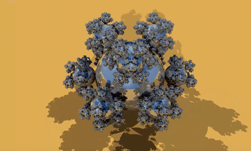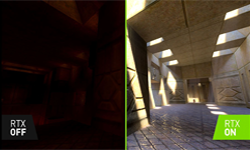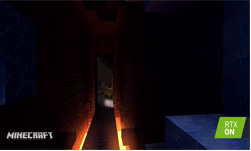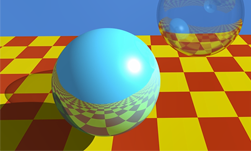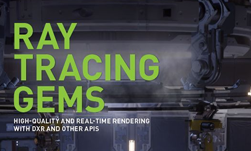NVIDIA recently published Ray Tracing Gems, a deep-dive into best practices for real-time ray tracing. The book was made free-to-download, to help all developers embrace the bleeding edge of rendering technology.
Ray Tracing Essentials is a seven-part video series hosted by the editor of Ray Tracing Gems, NVIDIA’s Eric Haines. The aim of this program is to make developers aware of various terms and concepts used in the field, while also inspiring them with dramatic and beautiful uses of the technology. This post is about the third video in this series.
Ray tracing is “embarrassingly parallel.” The idea of making special-purpose hardware to accelerate ray tracing has been around for decades, with the AT&T Pixel Machine from 1987 being the oldest commercial effort.
Progress since then has made even the lowliest cell phone today more powerful than that behemoth. However, Moore’s Law for CPUs has been slowing down, so more domain-specific solutions have begun to come to the fore.
NVIDIA’s Turing architecture introduced acceleration for bounding volume hierarchy and neural net evaluation, both of which make real-time ray tracing feasible for more complex scenes.
Additional resources
- A raytracing resources page
- The free Open Access book Ray Tracing Gems
- Ray Tracing Essentials Part 1: Basics of Ray Tracing
- Ray Tracing Essentials Part 2: Rasterization versus Ray Tracing
- Ray Tracing Essentials Part 3: Ray Tracing Hardware
- Ray Tracing Essentials Part 4: The Ray Tracing Pipeline
- Ray Tracing Essentials Part 5: Ray Tracing Effects
- Ray Tracing Essentials Part 6: The Rendering Equation
- Ray Tracing Essentials Part 7: Denoising for Ray Tracing
You can watch the all of the videos in the series on this YouTube Playlist.
